Ntablet Open-source Tablet Review
Tablets typically come with Android, iOS, or Windows installed. Unlike desktops or laptops, the vast majority of tablets are pretty locked down. If you're lucky, you might benefit from a headphone jack and microSD card built-in. Manufacturers such as Pine64 seek to change that with devices like the PineTab, a hobbyist tablet that runs the likes of Plasma Mobile or Sailfish OS. However, the Ntablet open-source tablet ushers in a unique iOS and Android alternative that's engineered for makers. Learn why this is the best Linux tablet 2019 as well as the top Android tablet for makers.
What is the Ntablet Open-source Tablet?
Marketed as the world's first commercially available open-source tablet, the Ntablet takes a different approach to mobile devices. Rather than concentrating on offering merely another budget Android tablet or DIY Linux tablet, this fascinating gadget provides the best of both worlds. There's an Android board and Linux board for seamlessly switching between operating systems (OSes). While it's not necessarily the only Linux tablet available, the Ntablet is one of the few Linux tablets for sale.
Ntablet Hobbyist Tablet Specs
- Runs Linux and Android
- MicroSD card slot
- micro HDMI out - tablet with video output
- USB type-A input
- micro USB/OTG for charging and OS updates
- HD audio
- Wireless serial port
- GPIO board - 4-pin and 20-pin
- Core-board and motherboard
- RK3288 quad-core 1.8GHz SoC
- 16GB eMMC
- 7-inch 1200x1920 IPS display
- 802.11a/b/g/n/ac Wi-Fi
- Bluetooth 4.0
- 2GB LPDDR3
Hands-on With the Ntablet - A Tablet With Linux Preinstalled
The Ntablet is easily one of the best Android tablets you can buy. Even aside from its impressive capabilities as both a dual-purpose Debian tablet and tablet with Linux pre-installed, there's an impressive amount of I/O (input/output). At the top, you'll find a volume rocker and power button. On the left-hand side, you'll find a headphone jack, micro HDMI port, and full-size USB Type-A for hooking up external devices such as hard drives, keyboards, and mice. Helpfully, nestled above the headphone jack there's a microSD card slot. In an age where many mobile devices and even laptops eschew headphone jacks and user-expandable storage, the Ntablet boasts both. Moreover, it's one of the few tablets left with a video output. Samsung has graced many of its newer tablets and phones with HDMI connectivity, and I've quite appreciated the ability to hook up my Samsung Galaxy S9+ to a TV or projector. Likewise, the Ntablet is a tablet which you can easily connect to your TV. Merely run a micro HDMI to HDMI cable and you're outputting Android or Linux.
Underneath, there's a connector that hooks up to the included doc. The side features a speaker. Flipping the Ntablet over, a single panel held down by two screws guards access to the motherboard, coreboard, and I/O ports such as GPIO pins. Maker features aside, the Ntablet is an impressive device. Not only does it run Android and Linux out-of-the-box, but its specced out with virtually any connector you might need.
Powering the device on, I booted immediately into Debian. The touchscreen works extremely well, but there's a catch. You need an external keyboard. Otherwise, you can click around but it's impossible to actually type anything. Thankfully, my Rii mini keyboard functioned extremely well.
Video output made connecting to an external monitor a breeze. I had a bit of an issue with the borders of the screen being cut off in the mirrored version, but it's tough to blame the Ntablet itself. I've got no idea if this is because of an operating system setting or monitor scaling problem. Disappointingly, and confusingly, the Ntablet reportedly features onboard Wi-Fi. Yet out of the box, I couldn't get wireless networking to work on the pre-installed Debian distribution. Normally, I wouldn't call this an issue for a DIY device. But if a device comes shipped with an operating system lacking expected functionality, that's a bit of an issue. The bundled dock does feature Wi-Fi as well.
Although many competent boards hit the market, the downfall of powerful hardware is poor software. Luckily, the Ntablet is extremely well supported. Its download page features an array of operating systems, from Debian desktop and Debian server to Android 8.
What can You do With the Ntablet?
Where the Ntablet really shines is its ability to serve multiple purposes. While it's perfectly usable as a simple Linux tablet or Android handheld device, its GPIO pins and the included dock mean you can tackle maker projects with ease. The Ntablet integrated with robotics projects, smart home automation, and more.
Ntablet Review: Should You Buy the Ntablet?
Despite the uneven experience, I'm inclined to recommend the Ntablet as a really solid tablet that can run Linux, Android, and features GPIO connectivity. It's certainly a nifty gadget, and I quite enjoyed its video output connectivity. The fact that I couldn't get WiFi working was rather disappointing, but there may still be a workaround. Its impressive I/O and respectable specs posit the Ntablet as a fantastic device.
Ultimately, this is a device for makers. While it's certainly marketed that way, it's not even like the Raspberry Pi or Arduino which, while admittedly hobbyist devices, still cater to the average use. Instead, the Ntablet should be used by makers comfortable with a lack of documentation. Sure, there are a few resources, but for troubleshooting, my WiFi issues case in point, you're largely on your own. I'm definitely looking forward to continuing to mess around with my Ntablet.
Electroscore: 3.5/5 ![Electroscore: 3.5]()
Pros:
- Portable yet powerful
- Excellent I/O
- Decent documentation
Cons:
- I couldn't get Wi-Fi working out of the box
- Only 2GB LPDDR3







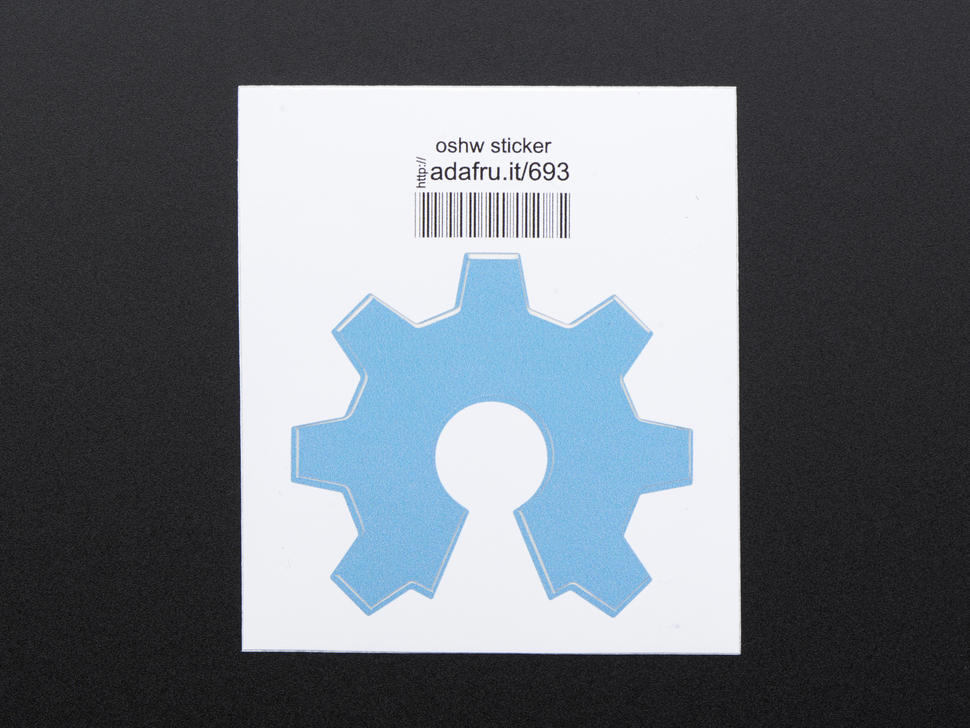
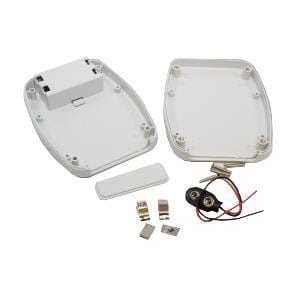
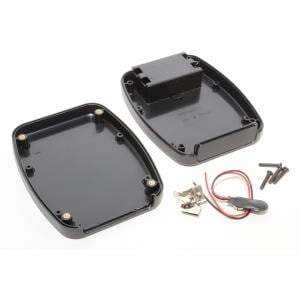
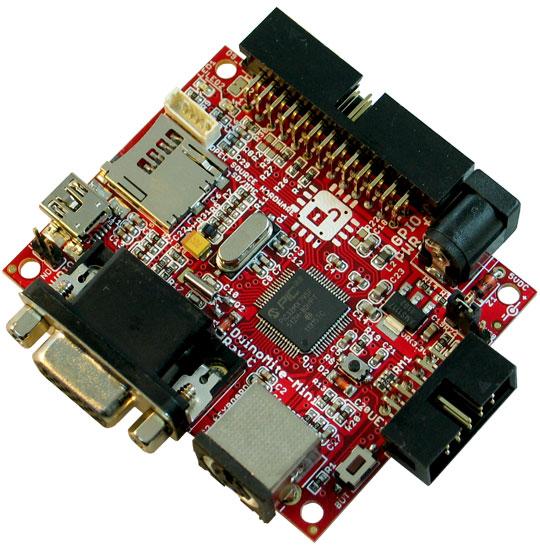
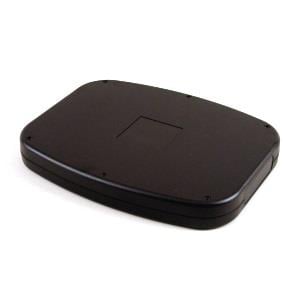
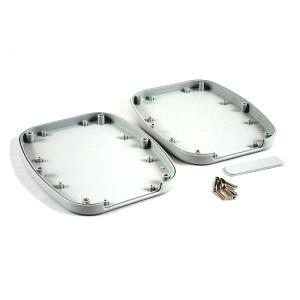
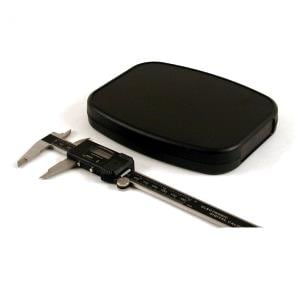


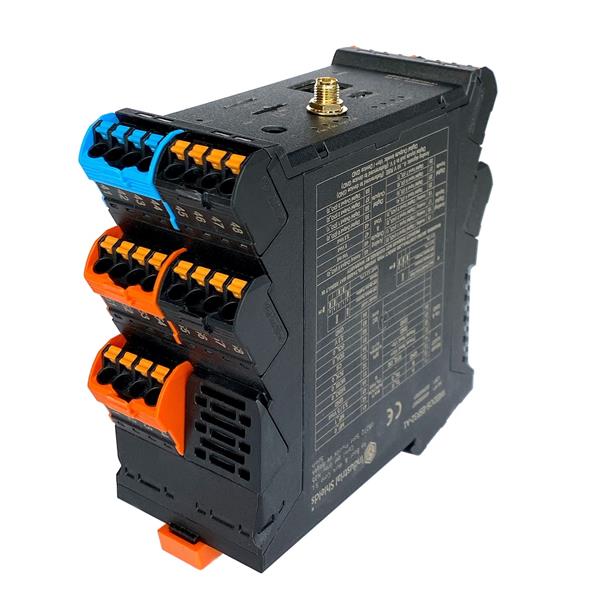

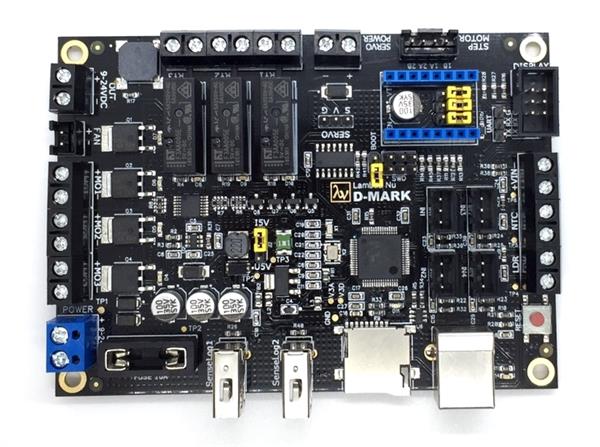
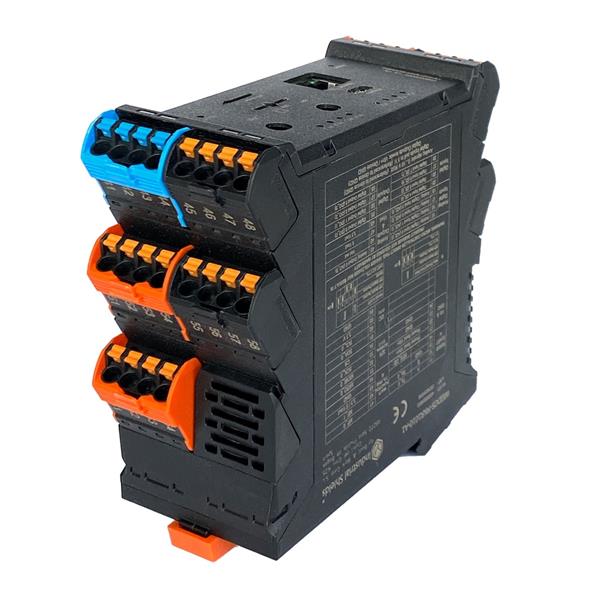
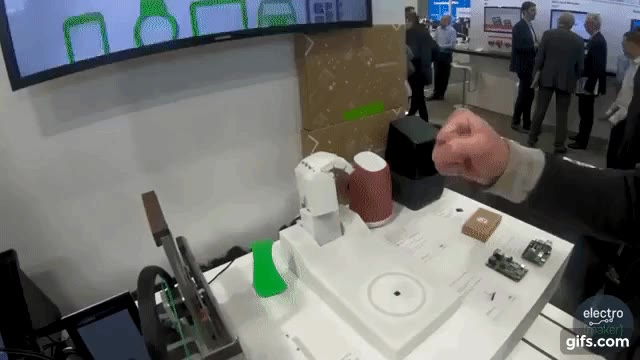
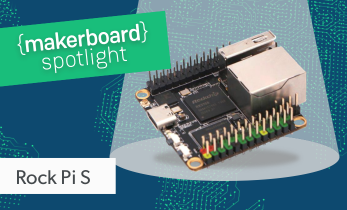
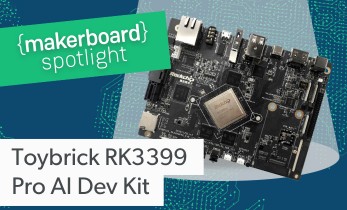
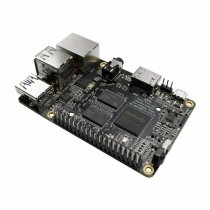
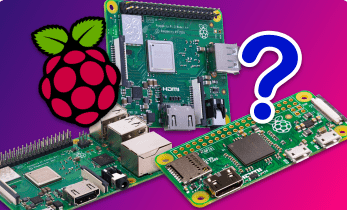

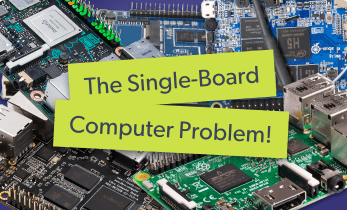

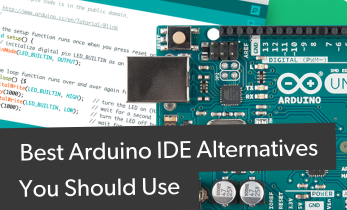

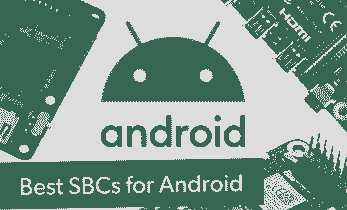


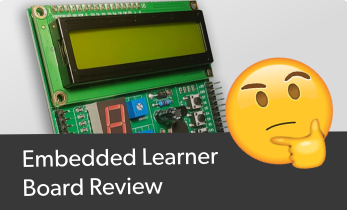

Leave your feedback...